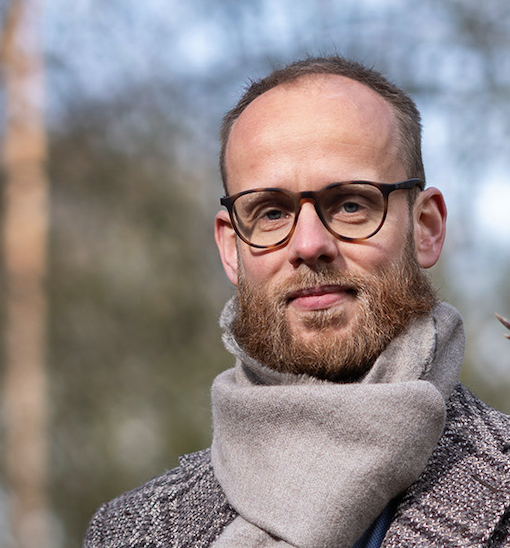The idea of regeneration – renewing or restoring something – is not new, but in recent years, regeneration has become part of the mainstream conversation in sectors ranging from agriculture to architecture. These are all responses to our degenerative behaviors. In this newsletter edition, we’ll dive into three sectors. But first, a small intermezzo:
If you are wondering how you or your organization can become regenerative, perhaps the best starting point is understanding the distinction between degenerative and regenerative. Researchers from the University of York have designed a helpful framework for this: The Regenerative Lens and the framework below. The framework emphasizes that regenerative systems maintain positive reinforcing cycles of well-being, both within and outside themselves, especially between people and the broader nature, so that “life begets life.” You essentially want to move from the lower left to the upper right.
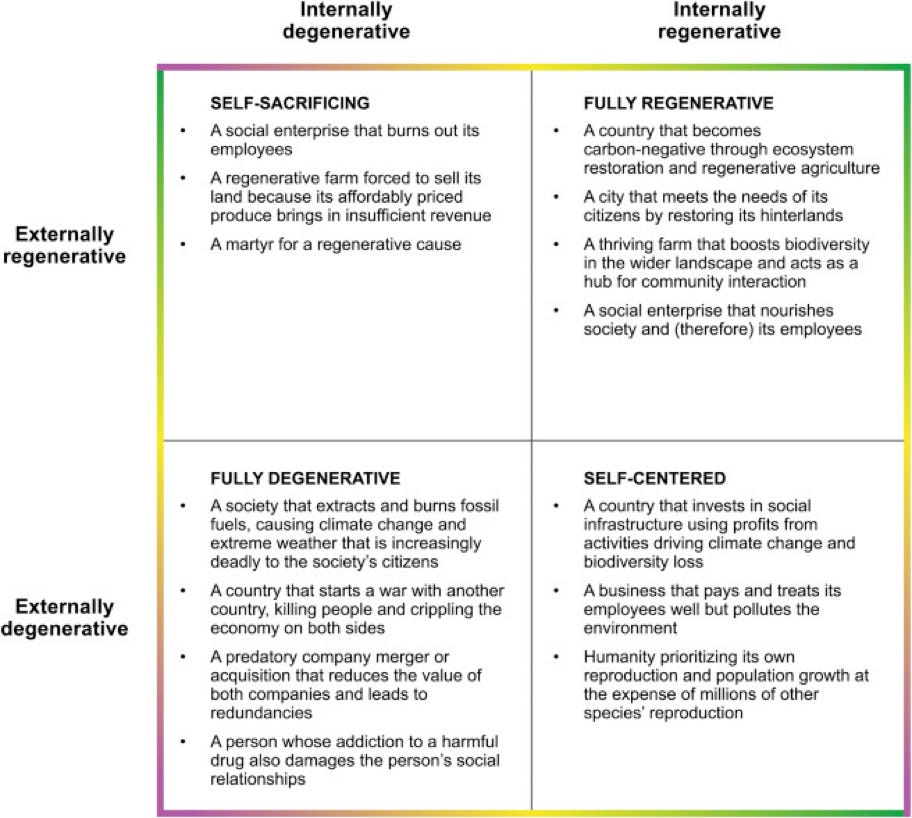
I hope it helps. Let’s dive into the three sectors;
- Regenerative Tourism
- Regenerative Farming
- Regenerative Fashion
1) Regenerative Tourism

Regenerative tourism is a response to the exploitative behavior of mass tourism on the environment and local communities. In Venice, there are hardly any Venetians left, and much of authentic Amsterdam has had to make way for Instagram-worthy stroopwafel shops and pancake restaurants. Residents are rising up, with a notable peak in the summer of 2024, during which we saw a massive increase in protests and demonstrations. In Barcelona, tourists were harassed with water guns by locals holding signs saying “Go Home.” In Palma de Mallorca, more than 20,000 protesters marched through the streets under the slogan “Let’s Change Course, Let’s Set Limits on Tourism,” calling for affordable housing, fair wages, better protection of natural areas, and respect for local culture. Japan placed a screen to block access to views of Mount Fuji after the government’s earlier efforts to limit visitor numbers and introduce a surcharge for climbing Mount Fuji proved insufficient. Even the party island of Ibiza and the sunny Canary Islands, which are quite accustomed to tourists, saw residents taking to the streets to protest against the high cost of living caused by the tourism industry.
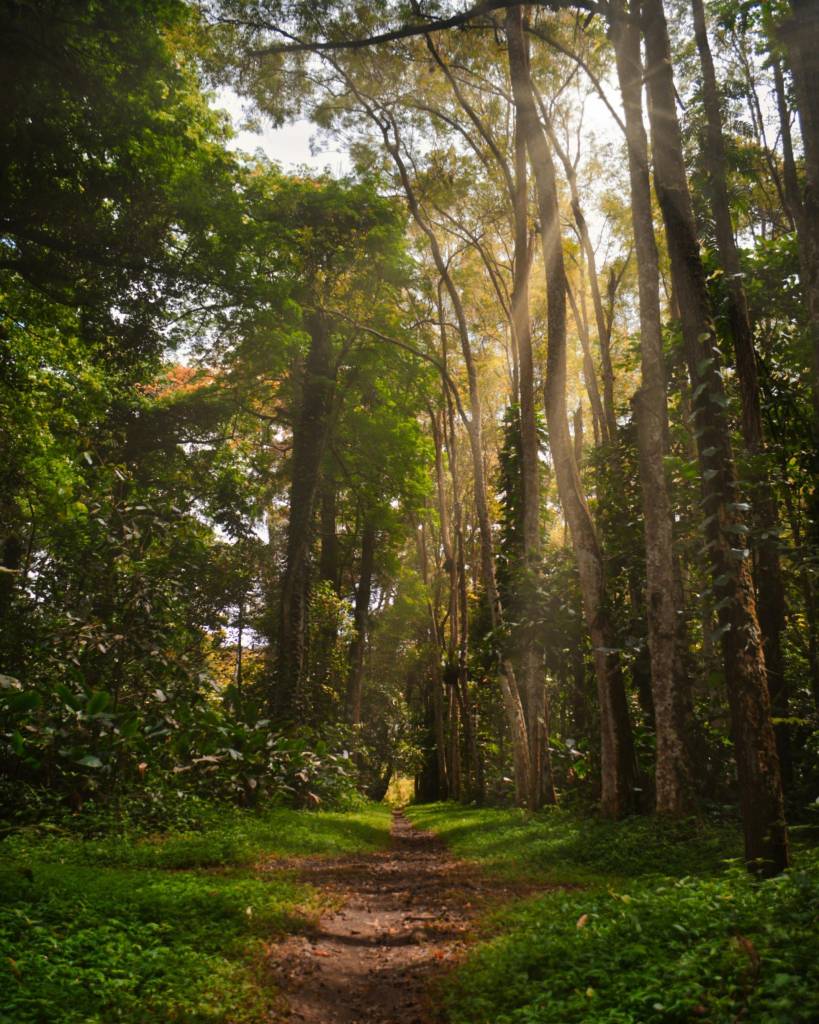
Efforts are being made to reduce the negative effects of mass tourism and make cities or countries more livable for their residents. Stricter regulations on vacation rentals, a ban on new souvenir shops, and, for example, higher tourist taxes. Venice even introduced an entry ticket for day visitors. Regenerative tourism goes beyond merely limiting damage. It is an approach to tourism that extends beyond sustainability by not only minimizing the negative impacts of travel but also actively contributing to the restoration and enhancement of ecosystems, communities, and cultures. The goal is to transform tourism into a force for positive change, focusing on creating net benefits for the destinations that tourists visit. Examples include eco-resorts working on restoring the surrounding nature through initiatives like tree planting, wildlife protection, and beach clean-ups. Or initiatives that empower local communities to manage and benefit from tourism activities, such as homestays, local guide services, and cultural workshops.
2) Regenerative Farming
Regenerative Agriculture is the best-known sector. In July 2024, Dutch actuality program Nieuwsuur concluded that more and more highly educated professionals from the city are choosing to start a regenerative farm. Even traditional farmers are switching to this ecological form of agriculture. This growing trend also has many international followers.
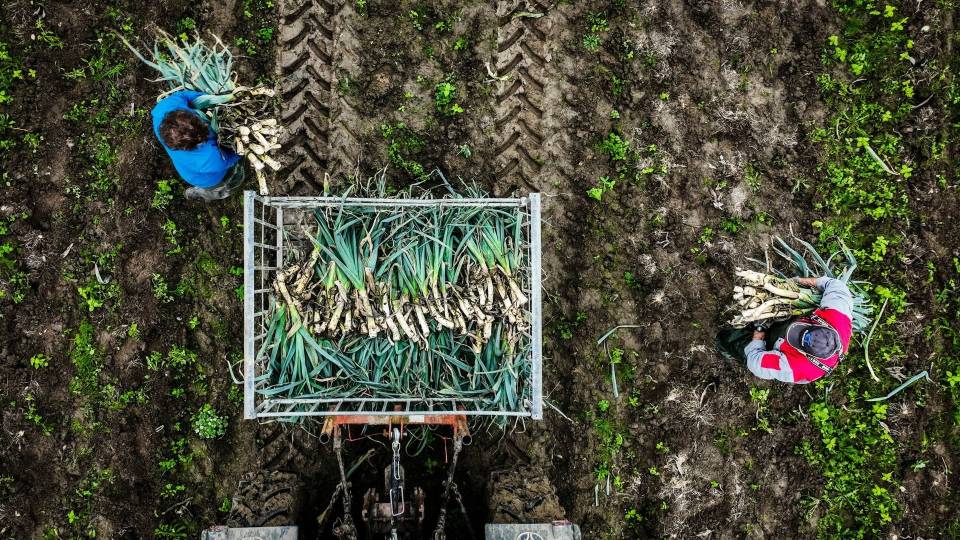
In the episode, we hear from Mark Manshanden, an agricultural economist at Wageningen University & Research: “Regenerative agriculture is a form of sustainable agriculture. Particularly because of its strong focus on vibrant soil, it differs from other sustainable agricultural principles. A healthy soil is diverse, making it more resilient to diseases, extreme weather, and climate change.”
This development is rapidly expanding, partly thanks to funding from the Growth Fund, established by the previous cabinet. Meanwhile, major food producers such as supermarket Jumbo, Agrifirm, and Unilever are also experimenting with regenerative agriculture. Manshanden expects that regenerative agriculture will become the “new normal” after 2030.
3) Regenerative Fashion
Human Intelligence
The fashion industry accounts for over 10% of global carbon emissions. Fast fashion company Shein, with an annual revenue of $100 billion, is the new face of fast fashion. But in the Netherlands, there are plenty of examples as well. Wehkamp alone processes 40,000 returns per day. In 2023, the clothing retailer introduced a return fee of 50 cents per item, which after a year resulted in a 14% decrease in returned packages. The 50 cents that Wehkamp now charges does not outweigh the estimated cost of an average return shipment: €12.50. However, the amount is high enough to make customers reconsider their purchasing behavior, according to the company in NRC.
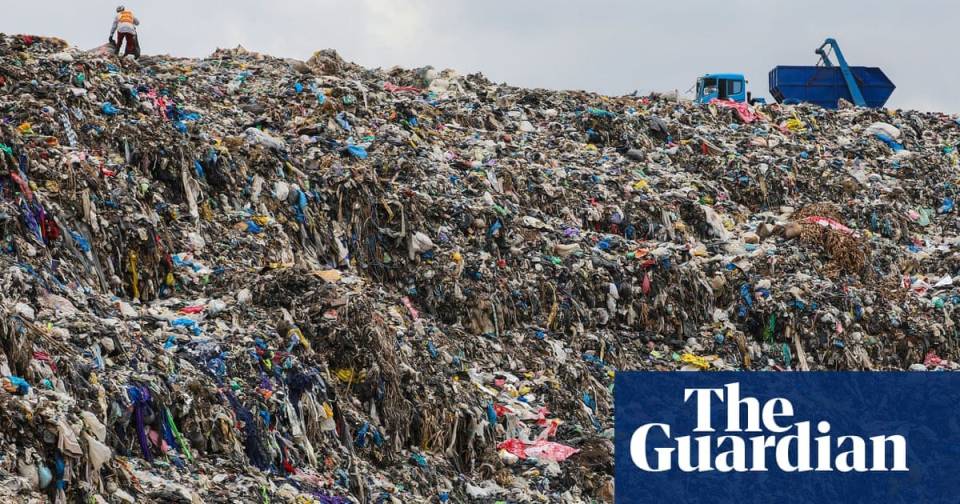
Regenerative fashion goes beyond minimizing returned packages. It is a concept within the fashion industry aimed at creating clothing and accessories in a way that is not only sustainable but also actively contributes to the restoration of ecosystems and the well-being of communities. It goes beyond sustainability by not just minimizing harm but also having positive effects on the environment and society. Regenerative fashion utilizes regenerative agricultural methods, biodegradable materials, repairable designs, fair trade practices, and supports local communities, while promoting conscious consumption and reducing overconsumption. Examples include Patagonia, which invests in regenerative agricultural practices and collaborates with farmers to produce regenerative cotton. Another example is Fibershed, an organization that supports local fiber, clothing, and dye production systems that are regenerative for the environment.
That’s it for now. I hope you learned something new and I wish you the best adventures, thought-provoking questions and exciting discoveries!

 English | EN
English | EN 